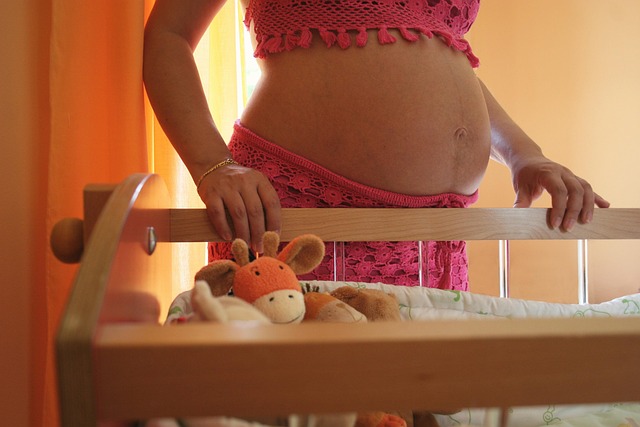I’m sure I’m not alone in dreaming about clearing out half the belongings in my home. Clutter drives me mad, filling me with anxiety. With two young kids running around, keeping the chaos at bay feels like an impossible task. I often find myself dodging toys or stepping on stray socks, which is more than a little frustrating.
Despite my efforts to declutter and maintain a minimalist lifestyle, I still find my space overwhelmed by items from floor to ceiling, which can be quite dizzying. So, when I discovered the concept of “furniture-free living,” I was captivated. Yes, there’s a community of individuals embracing a life with minimal furniture—just search #furniturefree on Instagram to see for yourself. These individuals are redefining what it means to live comfortably without traditional furniture.
Before you envision stark, empty rooms devoid of warmth, let me clarify: being “furniture-free” doesn’t mean living without any furniture at all. Most who adopt this lifestyle still keep a few essential items; their homes don’t feel cold or uninviting. Instead of conventional furniture, you’ll find soft rugs, cushions, yoga bolsters, and low tables. Many still have bedding or mattresses, and some even reserve chairs for guests.
Take a look at the photos shared by this community, and you’ll find their homes are inviting, spacious, and visually appealing. It might just inspire you to consider letting go of your couch and coffee table altogether!
For instance, Claire, a blogger and mom from Australia, shared her journey into the furniture-free lifestyle. Living in a modest space of about 1,000 square feet, her family sought ways to create a more open environment, allowing their children more freedom to play. Additionally, she wanted to infuse more movement into her daily routine. After removing her couch and substituting it with cushions and a mat, she discovered numerous benefits.
“Removing the couch made our living room feel larger,” Claire explains. “The ceilings seemed higher, and my kids loved the newfound space for running and playing. I felt less stressed about their energetic activities because there was ample room for them to enjoy themselves.”
The transformation is evident in her space—open, inviting, and surprisingly comfortable.
Many who choose a furniture-free lifestyle prioritize health and active living. While I may not be quite ready to part with my cozy couch, I understand the appeal. Sitting for long periods can lead to discomfort, and many in this community opt for standing desks, which sounds intriguing yet daunting.
Petra Collins, a Restorative Movement Specialist, elaborates on the health benefits of this lifestyle: “Having less furniture encourages you to move your body more. You can’t just sink into a comfy chair for hours. The slight discomfort comes with the upside of enhanced core strength, improved mobility, and diversified movement.”
Petra also suggests that transitioning to a furniture-free environment doesn’t have to happen overnight; you can gradually remove pieces until you find a balance that works for you. Importantly, you don’t have to eliminate all furniture to enjoy the benefits of this lifestyle.
One of the most compelling reasons to consider going furniture-free is the joy it can bring to active children. On chilly days when they’re stuck indoors, having fewer pieces of furniture can provide more opportunities for play and creativity. That’s a win-win for everyone involved.
Moreover, the calming effect of these minimalist spaces is undeniable. I might just trade my beloved armchair for a cozy area like this one. However, I suspect that mere minutes after the photo was taken, the living room would look just as chaotic as mine!
While I may not fully embrace the furniture-free lifestyle, I am constantly seeking ways to create more space and reduce clutter in my home. Who knows? Tomorrow, my couch and dining room table might just find themselves on the curb!
If you’re interested in exploring more about the journey of parenthood, check out our post on artificial insemination kits. For those seeking deeper insights into pregnancy and home insemination, the NHS offers excellent resources.
In conclusion, the furniture-free lifestyle presents an intriguing alternative for those seeking simplicity, movement, and a more spacious living environment. Whether you choose to adopt elements of this approach or simply strive for a less cluttered home, there’s something to be said for the benefits of minimalism.
